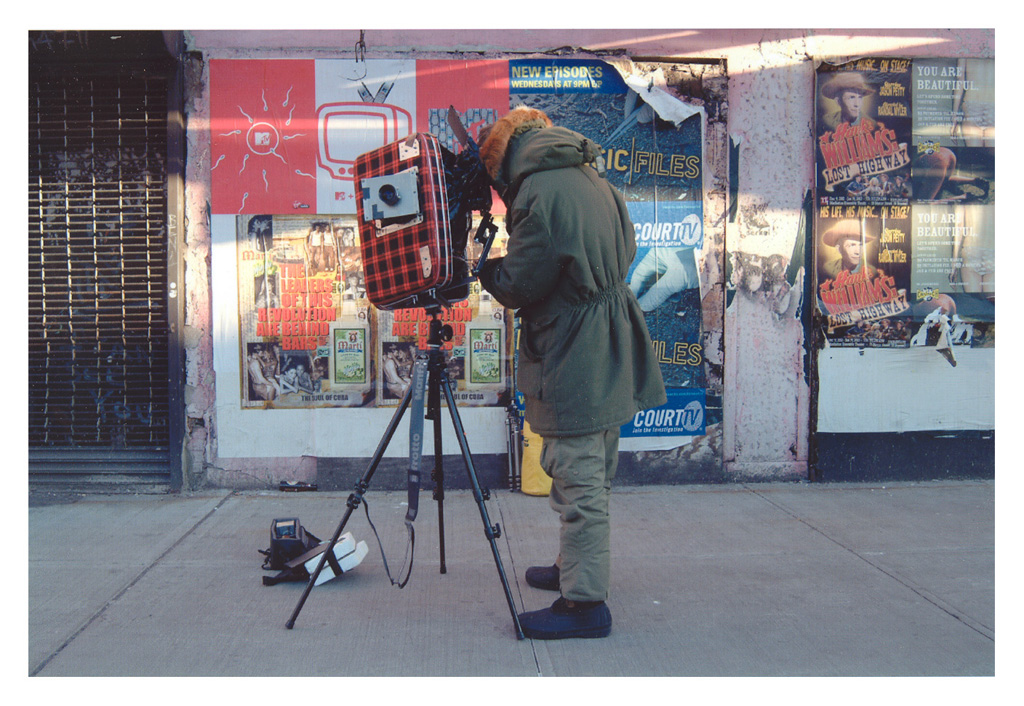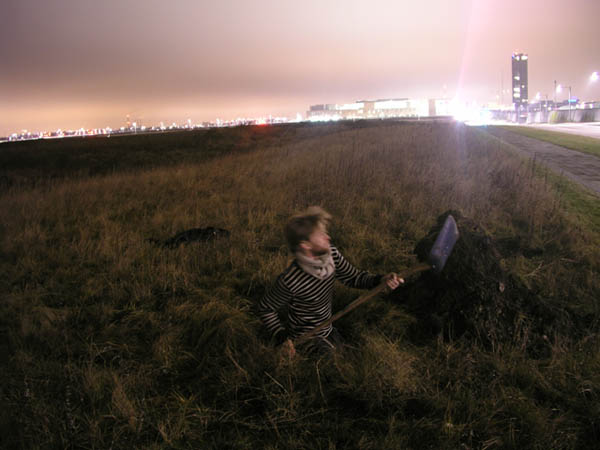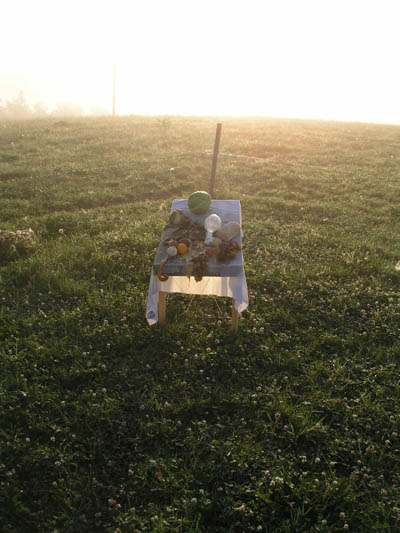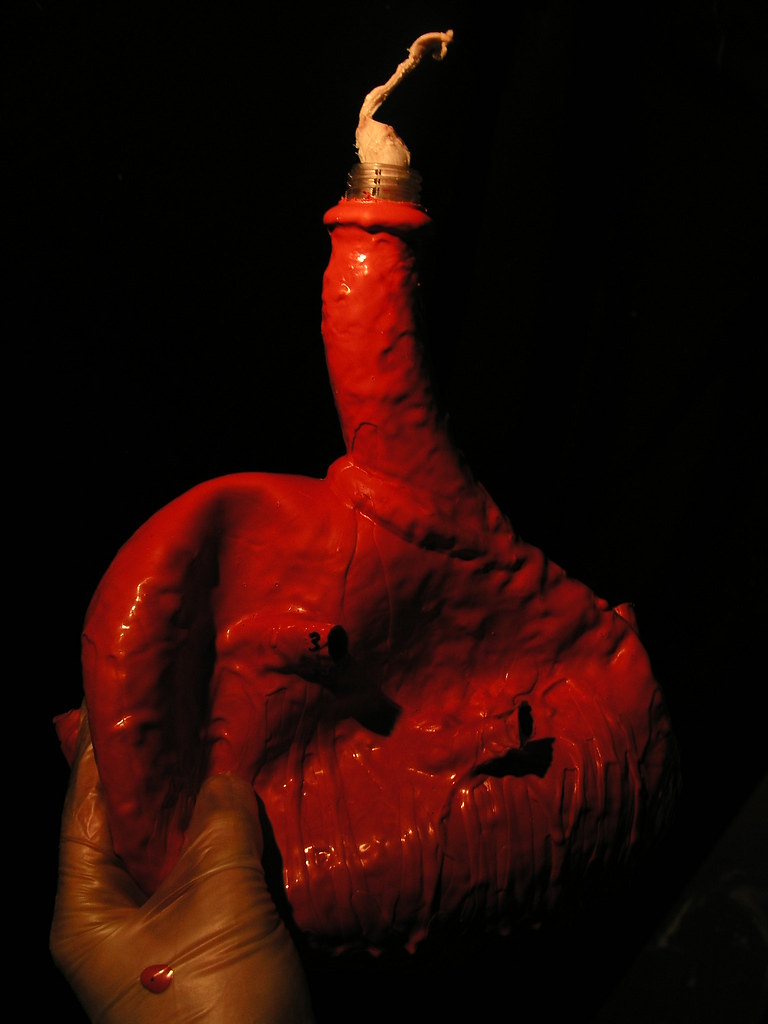Blind
Being an architect currently working as a planner on a project with a timeframe of two years - and that's just to make a fucking strategy - I've always envied the a- & possibility of musicians to be present in the now. The immediacy of their artform. Goes right from mind & body and out into the world. Now. Here.
Along this line one must also say that what is produced is extremly ephemeral. It also only exists now. And then it dissapears again. Off course aboriginal songlines are probably 40.000 years old, but for now let's concentrate on what the individual produces and experiences. As such, music is apparently the complete opposite of architecture.
However Juhanni Pallasmaa writes (architectureanimation, p. 58): "Music has historically been regarded as the art form closest to architecture. The metaphor of architecture as 'frozen music' is an expression of this relatedness. ... the over 2000 years of Pythagorean tradition concretely connects the principles of musical and architectural harmonies."
Pallasmaa goes on to talk about film being even closer to arch than music. But then continues - referring to Walter Benjamin and his book The Work of Art in the Age of Mechanical Reproduction - he writes: "In Benjamins view, architecture and film are communicated primarily through the tactile realm in opposition to the pure visuality of the painting. ... Works of music ... as well as architecture, are experienced fundamentally through a bodily identification rather than as mere external objects".
And so we return to the blind Stevie Wonder. Standing on the stage obviously identifying with the music through his body - as well as his ears. Experiencing the space through his body - not his eyes. Thus, even thoug both music and architectuere are abstract artforms, it becomes a tactile experience. And the music, the space and the body becomes one.
Which is one of the basic priciples of songlines. We're closing in on that subject.
And also perhaps answering the question of why this blog, sort of claiming to be concerned with architecture, has such a focus on things relating to the body.












